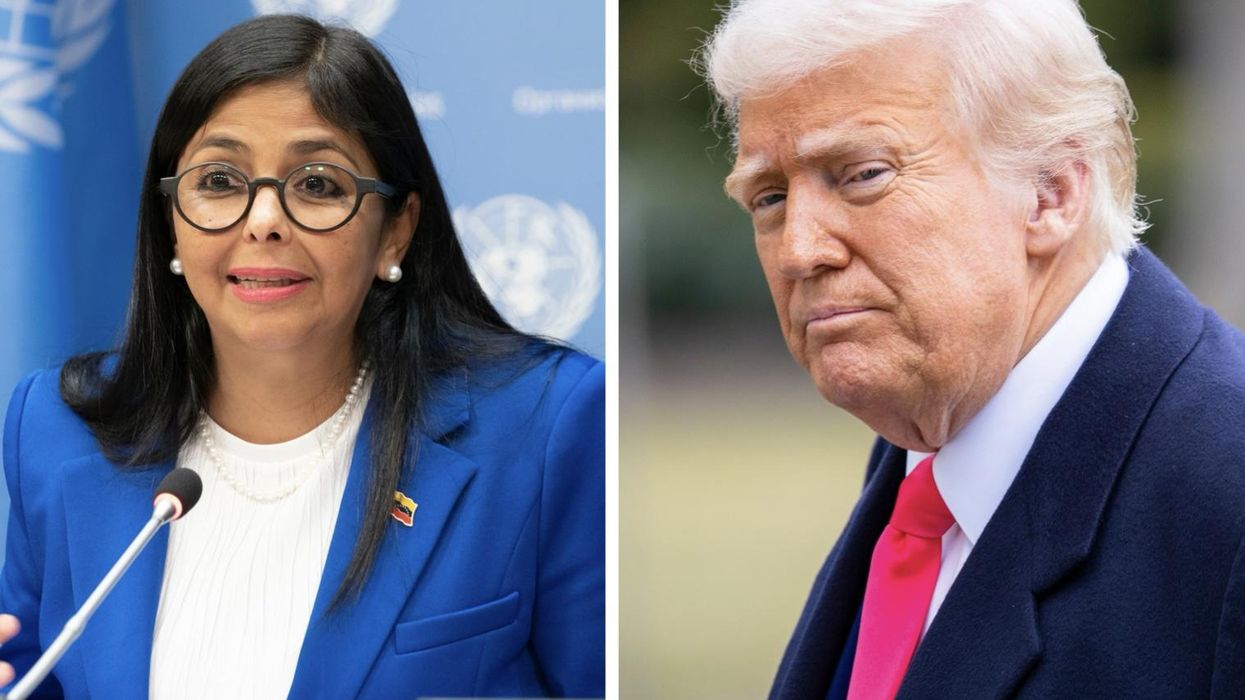Multiple cracks have recently opened in the Saudi-Emirati relationship. The UAE is resisting efforts by Saudi Arabia and Russia to convince OPEC+ members to continue to restrict oil production. Meanwhile, Saudi Arabia will no longer consider goods produced in free zones to be “locally made,” a decision that will subject many Emirati products to tariffs.
And that’s not all: Saudi Arabia suspended flights to the UAE, citing concerns about the Delta variant of COVID-19, an act reciprocated by the Emirates. In April, Saudi Arabia announced that by 2024, it will cease doing business with any company that does not base its regional headquarters in the kingdom, a policy that will likely force many multinational corporations to relocate from the UAE to Saudi Arabia. Saudi Arabia recently revealed a $133 billion investment to become a regional transportation and logistics hub, a bid to replace Dubai and Abu Dhabi (as well as Doha). The Saudis intend to launch a new airline that will jockey with other Gulf carriers like Etihad, Emirates, and Qatar Airways for international customers.
Taken together, these moves indicate heightened tensions between the two countries, and in particular between their powerful crown princes, MBS of Saudi Arabia and MBZ of Abu Dhabi. Under the previous U.S. administration, the princes had partnered closely with each other and with Trump’s team on issues from the 2017 blockade of Qatar, to the 2020 Abraham Accords. MBZ was described as a mentor for MBS, despite the contrast between the Emirati royal’s clever cultivation of the UAE’s image and the Saudi’s rash and often horrific policy decisions that undermined his desire to rebrand his kingdom. Yet despite their earlier closeness, the rivalry between the two countries is unsurprising: MBS sees Saudi Arabia as the region’s rightful dominant power, and is moving to seize the position of economic, transit, and tourist hub hitherto held by the UAE.
Under the Trump administration, the Saudis and Emiratis coordinated to compel greater U.S. involvement in the region, a reaction to Obama’s effort to negotiate a nuclear treaty with Iran and pivot to Asia. Trump and his team complied, abandoning Obama’s nuclear deal and adopting a stance of maximum pressure that brought the U.S. to the brink of war with Iran. The Biden administration looks to re-enter the nuclear deal, and appears committed to finally shifting U.S. focus away from the Middle East and Afghanistan.
The Saudi-Emirati race for economic rewards could bode well for Biden’s goal of reducing U.S. involvement in the region. If Saudi Arabia and the UAE are primarily focused on competing with each other, they will both prefer to foster regional stability in order to encourage investment, potentially curbing impulses to behave aggressively towards each other or their neighbors.
Saudi Arabia in particular needs to funnel capital towards MBS’ ambitious Vision 2030, through which he promised to diversify the economy, generate greater employment opportunities, and provide general prosperity for Saudis. Yet at present, Saudi Arabia remains bogged down in Yemen, a conflict that threatens to demand even greater resources as the Saudis’ inability to neutralize the Houthis becomes increasingly apparent. Hopefully MBS has learned that wars are frequently more costly and longer lasting than anticipated, and so may exhibit greater restraint in the future. Meanwhile, MBZ is too cunning to try to win a tug-of-war with Saudi Arabia’s larger economy — $700 billion as opposed to $421 billion GDP — so he will need to look for alternative sources of revenue.
Yet in general, MBS faces the more difficult task: according to the World Bank’s “Ease of Doing Business” survey of regulations in 190 countries, the UAE ranks 16th, while Saudi Arabia ranks 62nd. The Saudi economy must be fully transformed to attract the level of investment necessary to employ its young and growing population. At over 20 million, Saudi citizens significantly outnumber the UAE’s approximately 1 million citizens, (both countries have large populations of expat workers, making the total number of residents higher than that of nationals). GDP per capita in Saudi Arabia is approximately $20K, compared to $43K in the Emirates. With a larger population and less capital per capita, MBS cannot afford to buy his citizens’ quiescence. As the Abraham Accords demonstrated, fears of public opposition do not constrain MBZ, whereas Saudi Arabia ultimately decided not to risk the backlash that would follow normalization with Israel.
The UAE may have felt disappointed by the Saudis’ reluctance to follow their lead on the Abraham Accords, especially since Jared Kushner apparently believed he could deliver the Saudis. MBS owed his close relationship to the Trump team, specifically Jared Kushner, to MBZ’s introduction. Yet ultimately, with a new president in the White House, MBZ may find it more useful to be the sole Gulf power to have normalized with Israel, given the subsequent boost in the eyes of the U.S., as well as subsequent access to advanced surveillance and military technologies.
In the short term, the rivalry between the UAE and Saudi Arabia could help keep both MBZ and MBS focused on economic concerns. Yet MBS has staked his legitimacy on keeping his promises to the young generation of Saudis educated abroad, a transition that will require him to prioritize economic diversification away from oil. For MBS, therefore, competition with the UAE is likely to appear increasingly important, as Saudi Arabia seeks to replace the UAE’s role as the region’s capital of cosmopolitanism, opportunity, and glamor. In the medium term, if MBS fails to deliver, Saudi Arabia could grow increasingly unstable.
And in the short, medium, and long term, global interests are ill-served by both the UAE and Saudi Arabia continuing to tie their fortunes to the burning of fossil fuels, though to some extent it would seem that Abu Dhabi is acknowledging the changing realities. Despite both countries’ on-going and egregious human rights abuses, the Biden administration should encourage each countries’ efforts to transition away from oil.
















